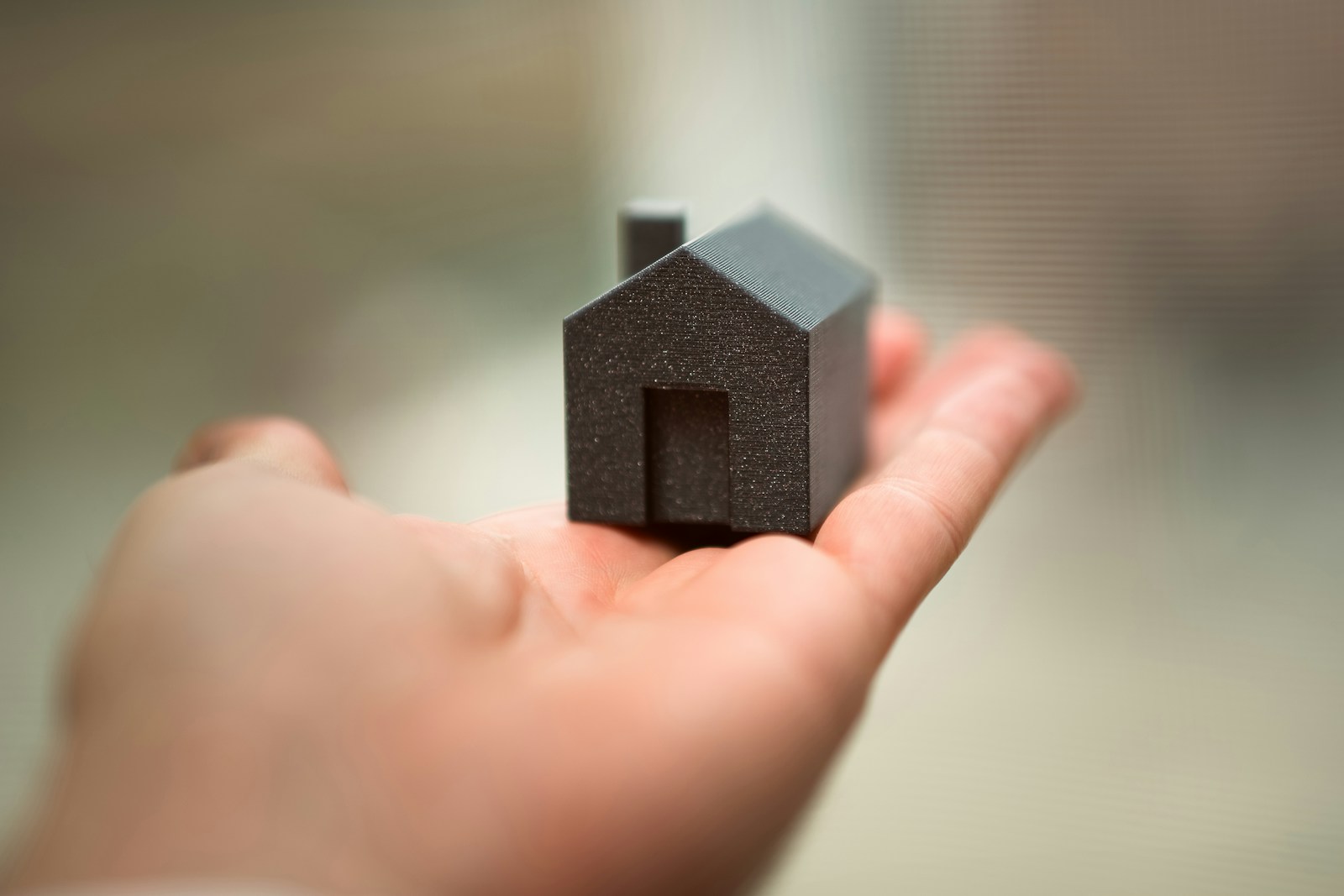With hurricane season upon us, I’ve researched ways to prepare for emergencies, including emergencies with your home. I interviewed a water and mold remediation expert, Marco DeJesus, owner of All Dry Services of Orlando, about what to do in a water emergency, including how his services work with homeowners’ insurance. I hope none of you need to use his services, but it’s good to know who to call when you have water damage on your hands.
In a nutshell, Marco and his team specialize in water and mold removal. So of course that often means they are the people who show up after a water crisis. If you’ve ever had water you couldn’t stop running, you know how quickly things can get out of hand and how much damage happens. Marco got into this business after a long career in the military specializing in logistics. Having a water emergency is all about logistics and someone with a cool head who knows the steps to solving a problem that can overwhelm the average homeowner.
What to Do First When a Water Emergency Strikes
You come home and find your toilet water supply line busted open while you were out. Water has been gushing for at least an hour. You see a couple of inches of water on the bathroom floor, flowing down the hall and into the bedrooms. Your first move is to turn the water off either at the supply line or at the emergency shut-off outside (if you don’t know where those are in your home, I suggest you familiarize yourself with these).
Turn Off the Water, Call for Help
The next step is to call Marco (if you can’t turn off the water, he’ll help you). Sometimes water leaks in a slab or a wall and you don’t know where it’s coming from. He’ll coordinate a leak detector to find where the water is leaking. After the leak is found, he’ll coordinate pipe repair before the water extraction process. Water extraction happens with big machines that pull water out of the home which takes between two to four hours depending on the area. Marco told me that any leak in a home can begin to cause potential growth from 24 to 48 hours after the damage occurs, so extraction needs to happen asap.
Of course, water leaves behind moisture. The next step in the process involves air movers and dehumidifiers. These are large machines that dry the areas that are still holding moisture. These machines run between three to five days to remove all moisture.
What Happens if They Find Mold?
If the source of the moisture is identifiable, Marco and his team go through the water extraction process and prevent mold spores from traveling to other areas of the home through a process called “build containment.” They use an additional machine called an air scrubber with a HEPA filter to clean the air and dry out a room. They cut away affected areas and use chemicals to treat the mold. Marco and his team can’t rebuild any walls or structures they’ve had to remove, but he helps coordinate rebuilding with the right tradespeople.
Making a Claim on Your Homeowner’s Insurance
Typically, a water emergency is covered by your homeowner’s insurance. Often, Marco does the work first and then gets reimbursed by the insurance company after he is finished. He understands how to navigate the world of insurance claims and will work with you and your insurance carrier.
No Two Water Emergencies Are Alike
I asked Marco what he likes about his job. He said, “Every job I walk into is something new. I walk into a job and the customer has no idea where or what the problem is. I get to help people in a time of need and care for them in chaotic situations.” As a vet with two tours in Iraq, Marco knows how to handle difficult situations!
Make sure to save Marco’s info in case of a water emergency!
Marco DeJesus | Owner & Veteran
All Dry Services of Orlando
Cell (321) 438-4345
Follow All Dry Services on Facebook and Instagram!

